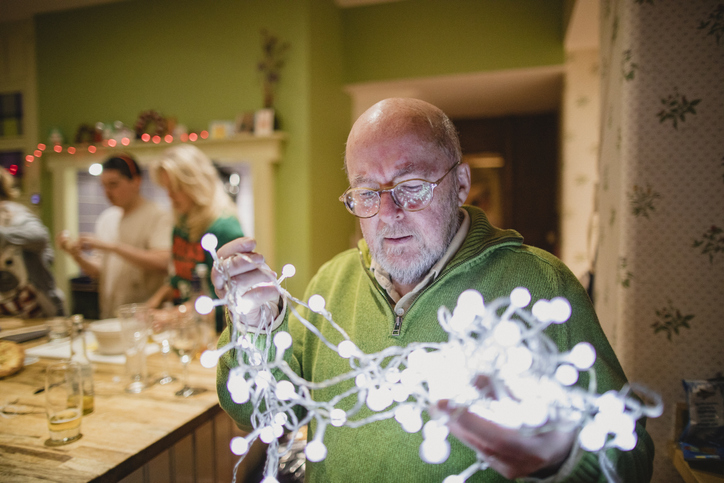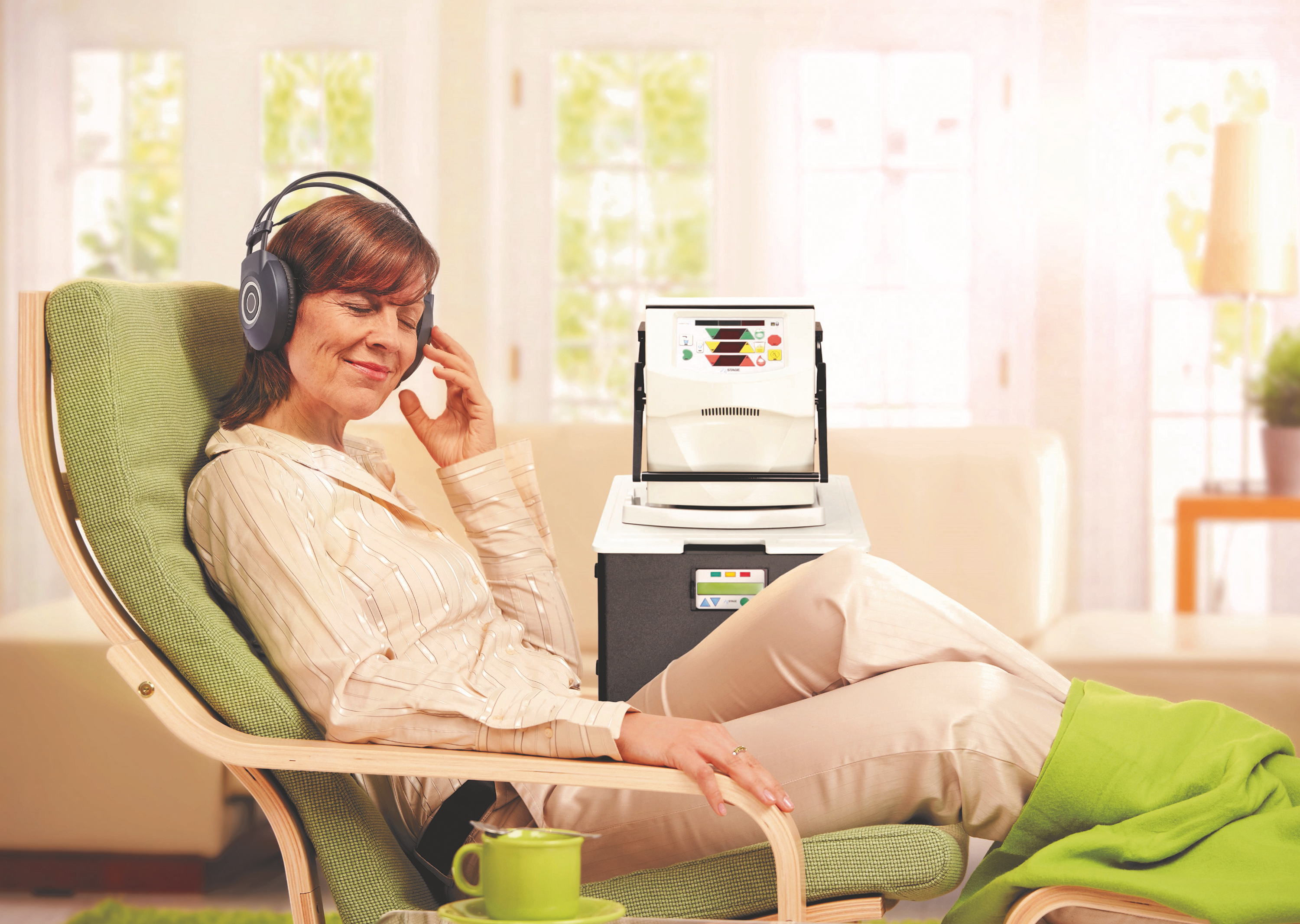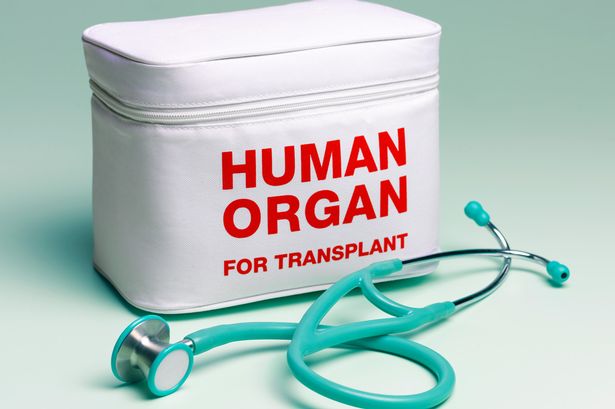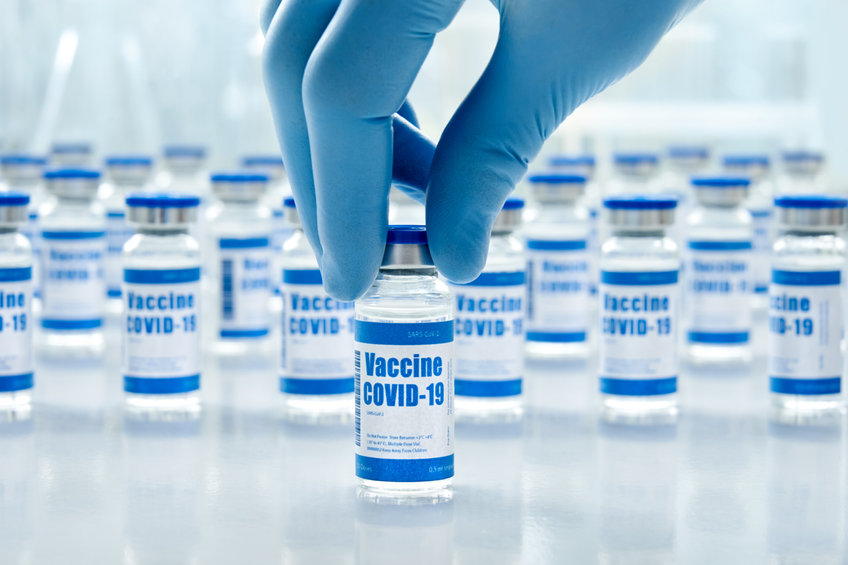This ESRD facility monthly newsletter highlights the latest ESRD insights and resources. Our goal is to provide you with a resource that makes it easy for you to stay on top of trends and support you in providing the best possible care for those you work with and serve.
In This Issue:

"You can tell a lot about a person by the way they handle three things: a rainy day, lost luggage, and tangled Christmas tree lights." Maya Angelou
As we wrap up another year, we wish you a safe and peaceful holiday season with the tangle-free Christmas tree lights you deserve!
Behavioral Health
 Visit the Mental Health America website to read about the state of mental health in America. The states within our Network regions received poor rankings for access to care, available professionals and treatment.
Visit the Mental Health America website to read about the state of mental health in America. The states within our Network regions received poor rankings for access to care, available professionals and treatment.
As you review the information, consider creative ways to get our patients the mental health treatment they need. There is a movement in the primary care setting to offer assessment and services.
The model used in the primary care physician (PCP) office allows the licensed clinical social worker to do a quick screening while the patient waits to be seen by the doctor. If indicated, a brief 30-minute session is arranged. The patients are usually seen four times by the professional or provided four supportive contacts with some outside follow-up if indicated.
Research has shown that short-term interventions provided by primary care offices are highly effective. For more information, read Assessing Primary Care Contributions to Behavioral Health here.
Home Dialysis

The Network has created two new resources about the benefits of home dialysis with the help of our patient advisory committee. These resources are brief one-pagers highlighting the benefits of home dialysis and showcasing some differences patients may feel when dialyzing at home versus in-center.
We recommend sharing these resources with your patients as chairside education or taking it further and holding a lobby day to highlight home dialysis and get more patients interested.
CMS Goals
- Increase prevalent patients added to a home modality.
- Increase incident patients added to a home modality.
- Increase the use of telemedicine for home modality in rural areas.
Home Dialysis Contact: maryam.alabood@allianthealth.org
Hospital Admissions, Readmissions and Emergency Visits

During the holiday season, be strategic in identifying early signs and symptoms that can lead to an ER visit or unplanned hospitalization.
Pay special attention to missed treatments, shortened treatments, fluid overload, wounds, missed appointments with other providers, medication orders, and any potential complication that can negatively affect your patients’ health.
Discuss these issues one-on-one with your patients and get the physician involved promptly. Utilize the links below to access resources and tools to help your staff and patients stay ahead of the hospitalization curve.
CMS Goals
- Decrease hospital readmissions.
- Decrease hospital 30-day unplanned readmissions.
- Decrease emergency department visits.
- Decrease COVID-19 hospitalizations.
Resources:
ESRD Network 8 Patient Portal
ESRD Network 14 Patient Portal
ESRD Network Hospitalizations Project Dashboard (scroll down to find staff and patient resources)
Hospitalization Contact: sheila.mcmaster@allianthealth.org
Transplant

Facility Recognition and Spotlight - FKC Chambliss: Cleveland, Tennessee
FKC Chambliss created a transplant educational campaign to help patients get a new lease on life by graduating to a home modality or a transplant.
The campaign’s theme was “Today could be the day to start thinking about tomorrow.” Dressed as graduates, the facility social worker, Katie Loveless, and the home hemo educator went chairside to each patient and distributed educational diplomas with instructions on how to graduate from ICHD by a kidney transplant, home hemo or PD.
The facility transplant trailblazer was also available to share their experience with a transplant and form relationships with patients. The facility continues the dialogue with patients and staff about patient goal setting, focusing on empowering patients to make health-related goals. This transplant campaign resulted in six transplant referrals for four of their patients (two were multi-listed), and three expressed interest in home therapy.
Kudos to Katie and her team!
CMS Goals:
- Increase patients added to the transplant waitlist.
- Increase the number of patients receiving a kidney transplant.
Transplant Contact: arlandra.taylor@allianthealth.org
Vaccinations

Facilities should report health care personnel (HCP) COVID-19 vaccination statuses weekly to NHSN. HCP COVID-19 vaccination data should be entered into NHSN via the HCP Safety Component. The definition of HCP is as follows:
- HCP are defined as those eligible to have worked at the health care facility for at least one day during the week of data collection, regardless of clinical responsibility or patient contact [defined by CMS as individuals who work in the facility on a regular (weekly) basis].
- HCP eligible to have worked include employees (staff on facility payroll), licensed independent practitioners (physicians, advanced practice nurses and physician assistants), adult students/trainees and volunteers, and other contract personnel who are scheduled to work in the facility at least one day every week. Working any part of a day is considered as working one day. Include HCP even if they are on temporary leave during the week of data collection. Temporary leave is defined as less than or equal to two weeks.
Learn More
CMS Goals:
- Achieve patient COVID-19 vaccination rate of 80%.
- Achieve patient influenza vaccination rate of 90%; achieve 90% of staff influenza vaccination.
- Achieve patient pneumococcal conjugate 13 (PCV, Prevnar 13) vaccination rate of 56%.
- Achieve patient pneumococcal polysaccharide (PPSV, Pneumovax 23) vaccination rate of 87%. Achieve a PPSV vaccination rate of 80% of patients over age 65.
- Achieve patient PPSV booster vaccination rate of 43%.
Resources:
FAQs on Reporting COVID-19 Vaccination Data: Healthcare Personnel
Vaccinations Contact: kristi.durham@allianthealth.org
Patient and Family Engagement

It’s time once again to complete the Patient and Family Engagement self-reporting feedback scan. In the first week of December, the Network emailed all social workers requesting the completion of a short, five-minute feedback scan for each of their facilities.
If you have not already done so, please complete this request as soon as possible. If you did not receive the email request, please reach out to Debbie O’Daniel at debbie.odaniel@allianthealth.org. Please include which Network (Network 8; Alabama, Mississippi, and Tennessee or Network 14; Texas) your facility is associated with.
Patient and Family Engagement Contact: debbie.odaniel@allianthealth.org
EQRS News You Need to Know

It is time to begin preparing for the CMS-2744 Annual ESRD Facility Survey. To get a head start on this occasionally difficult process, begin by reconciling your facility roster with the EQRS roster. As previously mentioned, it is ideal to do the reconciliation monthly to make the annual process much cleaner and more straightforward.
For assistance generating the EQRS roster, please contact the Network. For a refresher on the entire process, click below to view the presentation from February 2022. Stay tuned for additional training opportunities as we approach the start of the survey.
Resources:
2021 CMS-2744 Annual Survey Training Aid
EQRS Educational Resources
Network 8 and 14 Service Ticket Request:
https://bit.ly/ESRDServiceTicketRequest
EQRS Contacts:
robert.bain@allianthealth.org or sade.castro@allianthealth.org